
Alexis Lomakin, Ph.D. (אל) אַלעקסיס לאָמאַקין
@alexis_lomakin
Cellular individuality:How low-abundance cell subpopulations📊maintain their fitness🏋️ in the face of stress⚡ nd how it contributes to aging,cancer & infection
ID: 3862027438
https://www.lomakinlab.org/ 04-10-2015 13:16:59
33,33K Tweet
3,3K Followers
3,3K Following


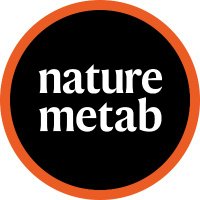
NEWS&VIEWS | M Bartez, D Chen (UC Berkeley): The mitochondrial unfolded protein response controls the mesenchymal-to-epithelial transition during the acquisition of #pluripotency. 🧫✨ nature.com/articles/s4225…


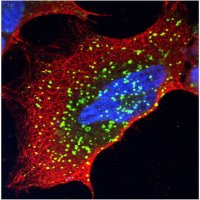

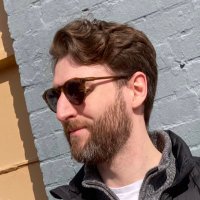

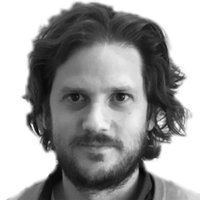

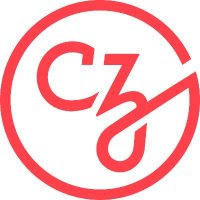

🚫 No dyes. No bleaching. 🔬 Just AI + label-free microscopy = vivid virtually stained images New in Nature Machine Intelligence: A deep learning model that enables robust virtual staining across microscopes, cell types & conditions. #CZBiohubSF Shalin Mehta explains:
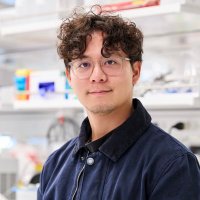
Today Arc Institute releases State, our first perturbation prediction AI model and an important step towards our goal of a virtual cell State is designed to learn how to shift cells between states (e.g. “diseased” to “healthy”) using drugs, cytokines, or genetic perturbations


This is wild! Engineering E. coli bacteria to turn plastic waste into paracetamol (Tylenol) Nature Chemistry nature.com/articles/s4155… nature.com/articles/s4155…

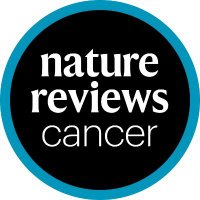

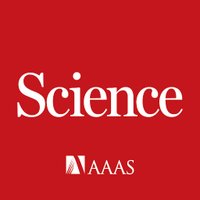
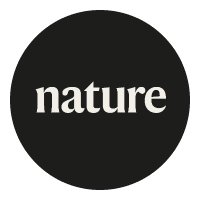

Register today for the Virtual Cell Challenge and use AI to solve one of biology’s most complex problems. Announced in Cell, the competition is hosted by Arc Institute and sponsored by NVIDIA, 10x Genomics, and Ultima Genomics.










